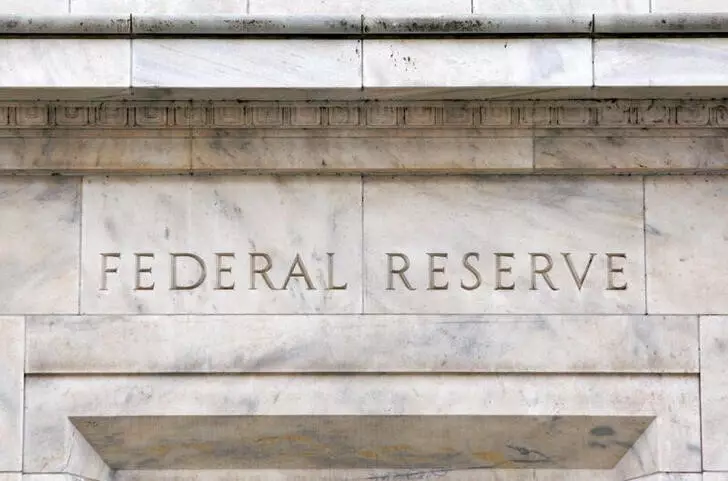The landscape of market expectations regarding the Federal Reserve’s monetary policy has recently evolved, reflecting the tug-of-war between economic indicators and policy responsiveness. Following a significant reduction in interest rates by 50 basis points in September, analysts from Deutsche Bank have noticed a shift in sentiment, where discussions around the Fed pausing rate cuts have gained prominence. Although speculation may suggest a temporary halt, the analysis implies that the conditions required for such a move are more complex than they appear at first glance. This article delves into the implications of recent economic data and explores the possible trajectory for Federal Reserve actions moving forward.
Deutsche Bank’s strategists contend that, under present conditions, the Federal Reserve is positioned to enact further interest rate cuts. Notably, the prospect of a 25 basis-point reduction in December seems plausible, maintaining interest rates within parameters that follow conventional policy guidelines. This analysis aligns with the current economic climate, where inflation and labor statistics play crucial roles in determining the timing and extent of the Fed’s monetary adjustments.
For the Fed to contemplate a pause in rate cuts or even a decision to skip a meeting, two fundamental prerequisites must materialize. The first of these hinges on inflation patterns—specifically, whether core Personal Consumption Expenditures (PCE) inflation stabilizes around 0.3%. Such a trend would signify persistent inflationary pressures, which could inhibit the Fed’s inclination to lower rates further. The strategic viewpoint posits that a ‘stickier’ inflation rate would demand a cautious approach from policymakers intent on reining in economic overheating.
The second condition pertains to the labor market’s stability. A favorable labor climate would necessitate clear evidence, including consistent payroll growth, an unemployment rate around or below the 4.1% mark, and improved figures in metrics related to employment, such as the quits and hiring rates. Should the data trend favorably in this domain, it would bolster the argument for maintaining interest rates.
Looking ahead to the Federal Reserve’s December meeting, Deutsche Bank suggests a 25 basis-point reduction is likely, contingent on positive demonstrations of stability in both inflation and the labor market. Yet, this is not without complications; factors such as the effects of recent hurricanes on data collection and the upcoming November Consumer Price Index (CPI) report, which coincides with the Fed’s blackout period, introduce layers of uncertainty. Consequently, it will be essential for the Fed to remain vigilant, scrutinizing both new and existing data.
As we advance closer to 2025, Deutsche Bank’s analysis suggests growing complexity in assessing the Fed’s potential policy path. Seasonal inflationary pressures could skew raw data, necessitating a more cautious approach from policymakers. Such dynamics, alongside political developments—specifically the outcomes of the forthcoming elections—could influence the Fed’s decisions. A red-wave election could heighten hawkish sentiments among Fed officials, particularly if it unfolds free of tariffs.
In scenarios involving a Trump-led presidency with tariff considerations or a Harris administration with a Republican-controlled Senate, the interplay of inflation rates and economic robustness could present unique challenges for Fed actions. This tangentially underscores the importance of the neutral rate in shaping Fed policy, as it hinges on estimating the equilibrium rate often associated with the so-called “r-star.”
The Federal Reserve stands at a critical juncture. Immediate decisions around interest rates hinge on a mix of economic indicators, particularly inflation and job market stability. Deutsche Bank’s observations resonate with a sentiment reflective of a cautiously optimistic outlook for potential cuts well into 2025. However, these discussions are shrouded in uncertainty, accentuated by external factors like the political environment and labor market fluctuations. As the Fed navigates this labyrinth of economic nuances, the razor-thin margin for error implies that every data point could hold the key to its future monetary policies.

